So, you’ve decided to take your home coffee game seriously — welcome to the rabbit hole! Between grinders, scales, filters, and shiny brewing gadgets, it’s easy to feel overwhelmed (and a little broke). But here’s the truth: you don’t need a full café setup to brew great coffee at home. You just need the right tools.
Whether you’re starting with a simple drip machine or exploring pour-over brewing, this guide breaks down the essential coffee tools every beginner should own, and what you can confidently skip — at least for now.
The Must-Have Coffee Tools for Beginners
These are the tools that make the biggest difference in flavour, consistency, and brewing ease. Think of them as the foundation of your home coffee setup.
1. A Burr Grinder (Your #1 Investment)
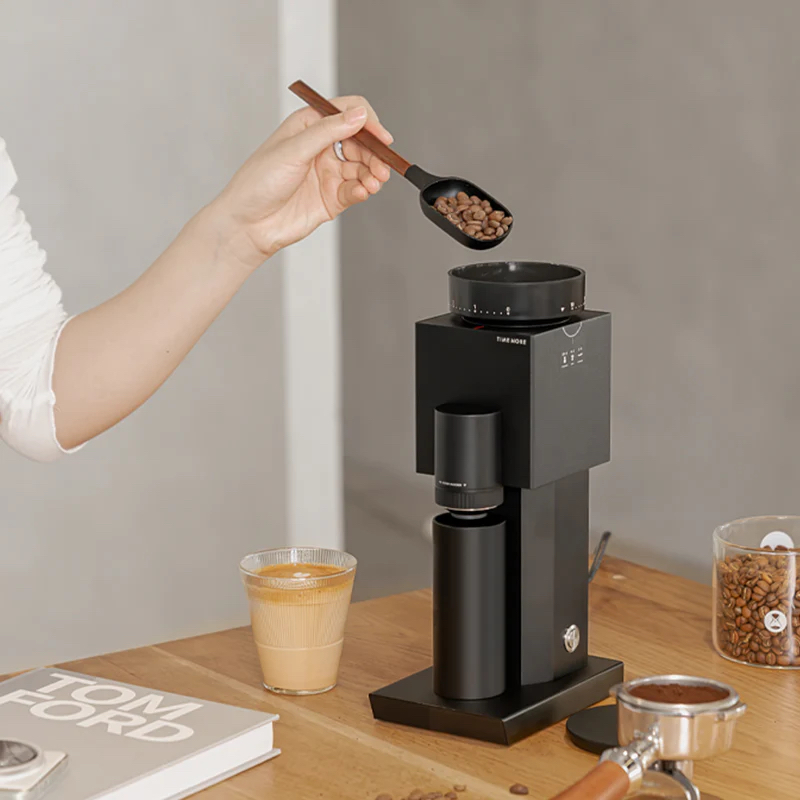
If you buy only one tool, make it a burr grinder. Why? Because grind size consistency affects extraction more than anything else. A blade grinder chops beans unevenly — giving you dust and boulders in the same batch — which leads to sour or bitter brews.
A burr grinder crushes beans uniformly, giving you control over texture and flavour.
Recommended for beginners:
- Manual burr grinders: Compact, affordable, and great for single servings. (Try Timemore Chestnut or 1Zpresso models.)
- Electric burr grinders: Perfect for convenience and precision. (Look for Baratza Encore or Fellow Ode.)
💡 Pro Tip: Always grind just before brewing. Coffee loses up to 70% of its aroma within minutes once ground.
2. Digital Scale (The Secret to Consistency)
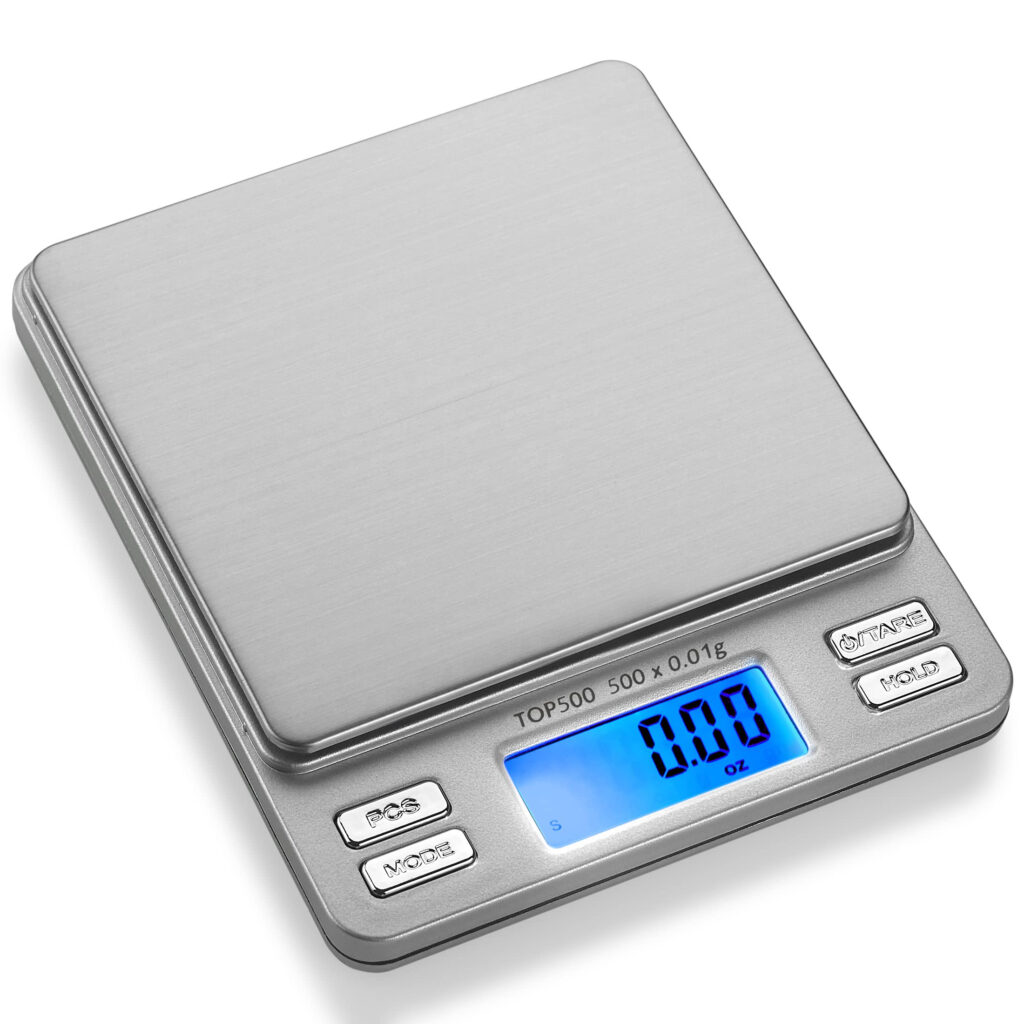
Guesswork is the enemy of great coffee. A digital kitchen scale helps you nail the perfect coffee-to-water ratio every time.
A good starting point?
1:15 ratio — 1 gram of coffee for every 15 grams (or milliliters) of water.
With a scale, you’ll learn what tastes best for you — and you can replicate it every single morning.
Skip: Measuring spoons or scoops — they’re fine for rough estimates, but weight is far more accurate since different beans vary in density.
3. Kettle with a Gooseneck Spout
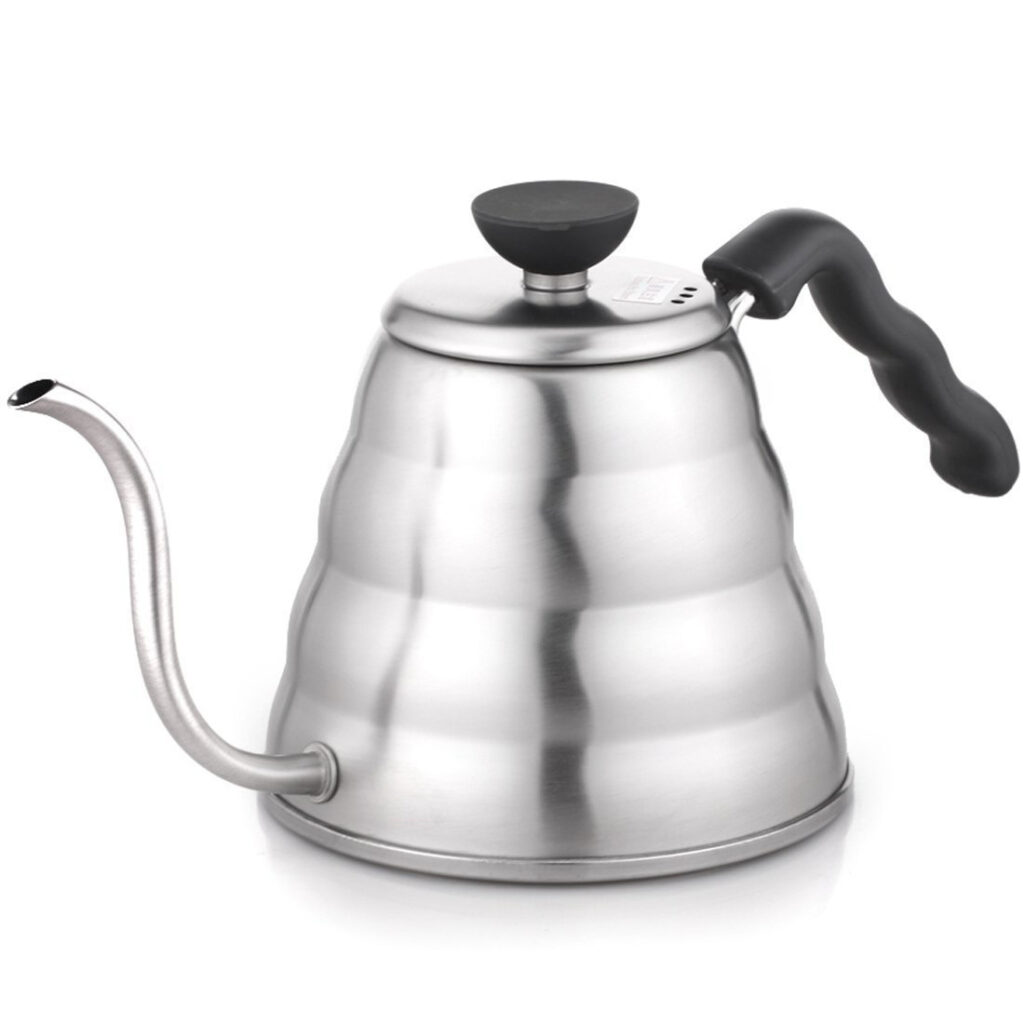
For pour-over lovers, a gooseneck kettle is non-negotiable. It gives you control over water flow, allowing you to pour slowly and evenly — key for balanced extraction.
If you’re using a French press or drip machine, any regular kettle will work, but a gooseneck offers better precision once you start experimenting.
Recommended:
- Budget option: Hario V60 Buono
- Upgrade pick: Fellow Stagg EKG (temperature control is a game changer)
4. Brewing Device (Start Simple)
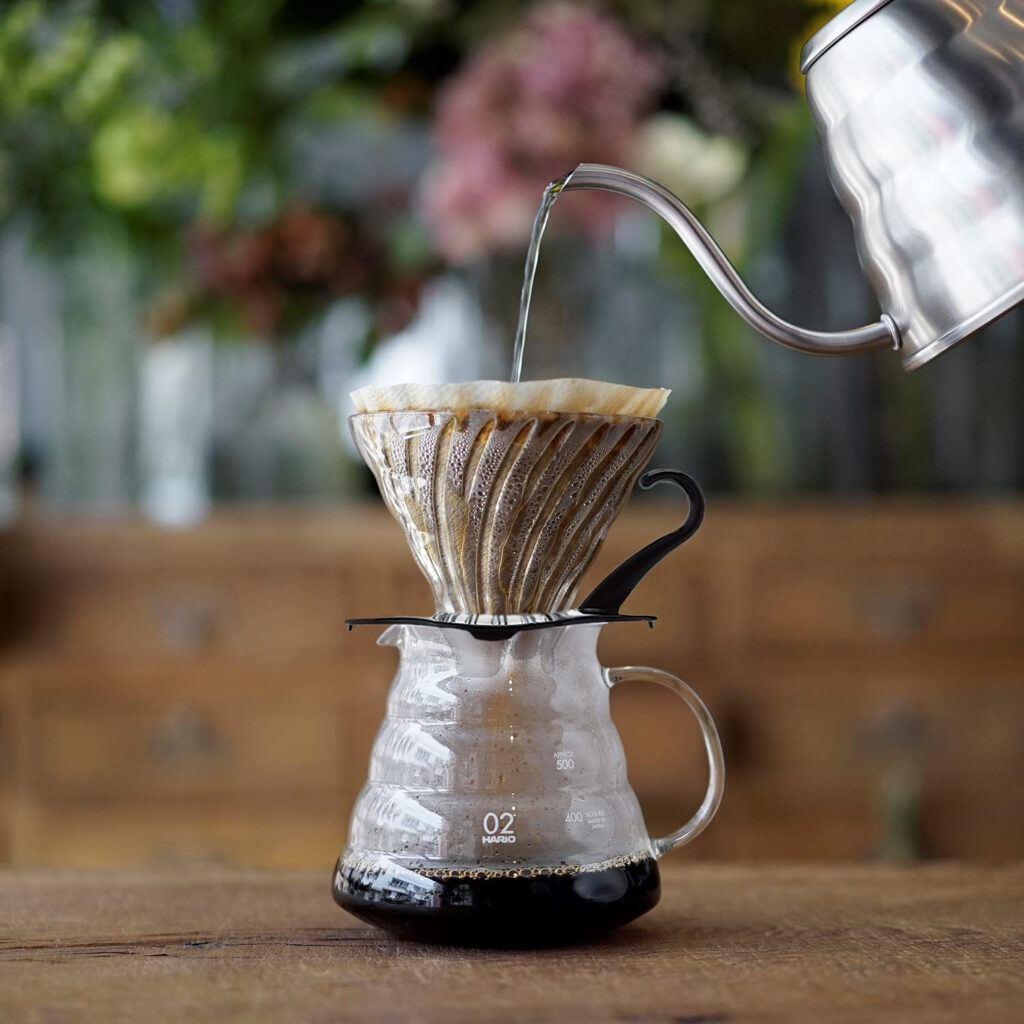
You don’t need five different brewers to make great coffee. Choose one that suits your lifestyle:
- Pour-over (Hario V60, Kalita Wave): Clean, bright flavours; requires attention and patience.
- French Press: Rich, full-bodied coffee with minimal effort.
- AeroPress: Compact, travel-friendly, and forgiving — great for beginners.
- Drip Machine: Reliable and consistent; perfect for busy mornings.
Skip: Espresso machines — unless you’re ready for the learning curve (and the price tag). They’re fun but high-maintenance and expensive for a beginner.
5. Coffee Storage Container
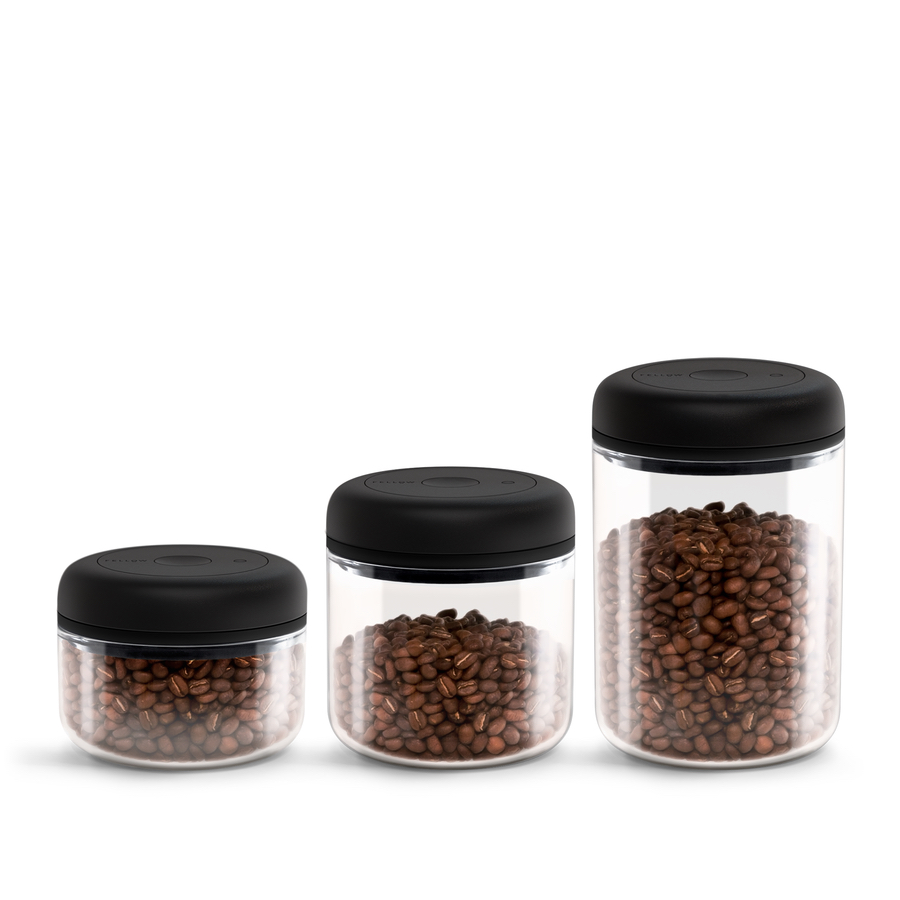
Fresh beans = better coffee. But if you’re keeping them in the original bag (especially if it’s not resealable), you’re losing flavour fast.
Invest in an airtight, opaque coffee canister with a one-way valve to keep oxygen and light out. Brands like Fellow Atmos and Airscape are designed specifically for coffee preservation.
Skip: Keeping beans in the fridge or freezer — the moisture ruins them. Just buy smaller batches and store them in a cool, dark spot.
6. A Timer (or Your Phone)
Timing matters. Whether you’re steeping a French press for four minutes or doing a two-minute pour-over, consistency depends on time control.
You don’t need a fancy coffee timer — your phone’s stopwatch works just fine.
Optional (But Nice to Have)
Once you’ve got the basics down, these tools can elevate your brewing experience even more:
- Thermometer: Ensures you brew between 90–96°C for ideal extraction.
- Coffee scale with timer: Combines weighing and timing in one sleek setup.
- Cleaning brush or grinder blower: Keeps your grinder free of stale coffee residue.
- Drip stand or scale mat: Helps with neat, stable brewing.
Tools You Can Skip (For Now)
Here’s what most beginners buy — and quickly regret:
- Fancy espresso machine: Without skill (and a good grinder), you’ll end up frustrated. Start simple, learn flavour fundamentals first.
- Milk frother: Fun but unnecessary if you don’t drink lattes daily. You can froth milk with a French press or whisk instead.
- Descaling solution kits: Use vinegar or citric acid once every few months; you don’t need brand-name cleaners right away.
- Coffee siphon: Gorgeous but fiddly — save it for when you want to impress guests.
Final Thoughts
Great coffee isn’t about having the most expensive gear — it’s about understanding your tools and how they work together. Start small, focus on freshness and consistency, and let your setup grow with your curiosity.
Before you know it, you’ll be adjusting grind sizes, experimenting with ratios, and tasting notes like a pro — without wasting money on tools you don’t need.
So grab your grinder, heat your water, and start brewing. Because with the right essentials, even a beginner’s cup can taste extraordinary.
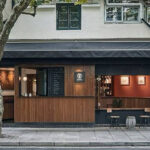
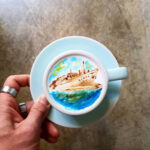
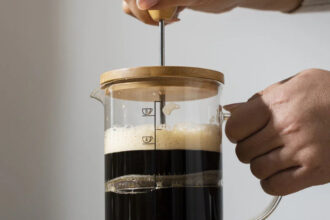
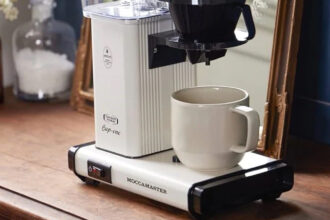
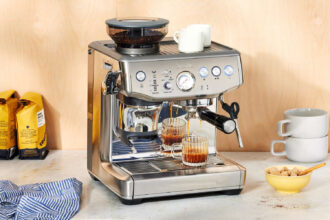
One Comment